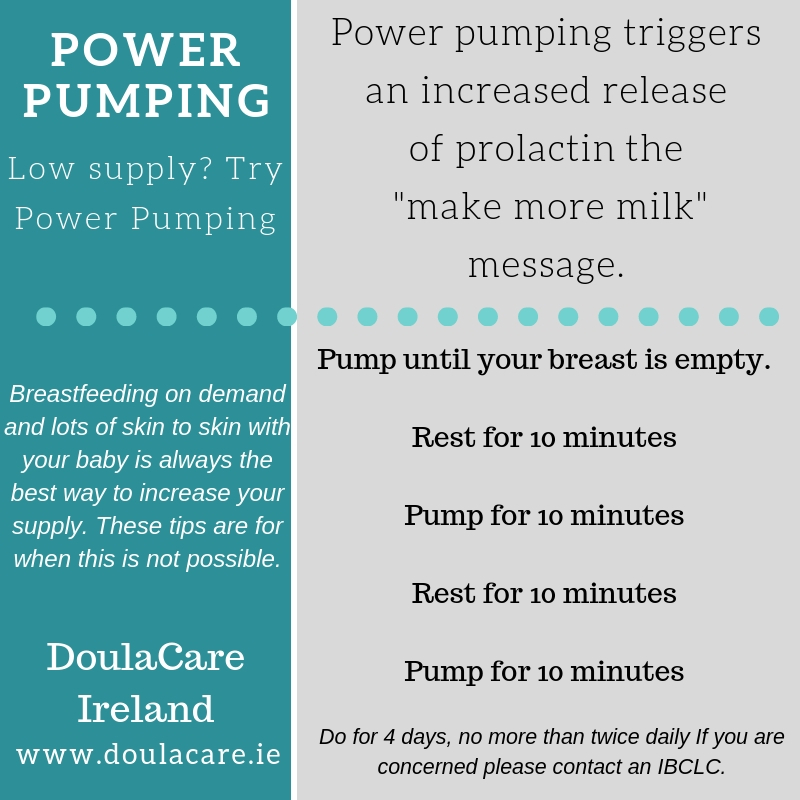Meghan Markle has hired a doula, what is that? Part 1
/So Meghan Markle has hired a doula and everyone is buzzing “what is a doula anyway?” Part 1.
There are two main types of doula. A Birth Doula and a Postpartum Doula. There are also Doulas who specialise in supporting families through loss and other niche areas
In this blog we will focus on Birth Doula support.
A Birth Doula begins work with their client during pregnancy. Supporting them throughout pregnancy, labour and birth. We don’t clock out at 8pm. We are there by our clients side every step of the way. Offering continuity of care throughout pregnancy, labour, birth and postpartum. We then visit our clients at home, offering support with all those early parenting questions.. We offer knowledge, encouragement, information and hands on tips and tricks of the trade.
Knowledge: We help our clients to understand their chosen place of birth (most commonly a hospital) policies.We compare the different hospitals policies, statistics and what the National Clinical Guidelines say. We also chat about International Guidelines and help our clients to make informed decisions about their care. We also cover the physical process of labour and birth and common things that come up. We can assist our clients to create their birth preferences for their unique journey. After baby arrives we share all the latest evidence on infant care, recovery after birth and anything else you’re wondering about too!
Encouragement: We build up our clients. A huge part of our role is to help our clients (the birthing mother and her partner) to feel confident. We are like their coach or cheerleader from the sidelines, reminding them of all the skills they have gained throughout their pregnancy and the strength they have within. This does not stop once baby arrives. We build you up again after birth and remind you of that strength and knowledge.
Information: Apart from the mentioned topics, doulas also answer any questions that happen to arise with each client. It may be they read an article online and wonder does that happen in Ireland? Or they are told they have a condition (such as gestational diabetes GD) and would like information to help them feel informed and confident on how best to manage it.
Hands on tips and tricks: Doulas are not afraid to get in there and help out. During pregnancy we show our clients different massages, counter pressure and comfort measure to help during labour. We teach these skills to the birth partner so they feel fully involved in the process. On the day of labour often doulas and partners work really well together - tagging in and out (counter pressure can be really tiring after a few hours!) This support continues on into parenting. From showing you how to change and dress a newborn (which is surprisingly tricky at first) to helping you find a comfortable position to feed in - your doula will be right there.
Partners: Partners are often Doulas biggest champions! We help them to feel involved every step of the way. Partners often say things like “I didn’t know what to do to help my wife” or “I felt like a spare tool in a scary unknown setting” but with a Doula supporting them - they have a full tool kit to draw from. They also get encouragement and a helping hand along the way. After they become a Dad/Mam we are still there. Helping them to adjust to their new role and offering guidance on how best to support you.
With DoulaCare Ireland you have a full team of support. Each client is matched with two doulas. You have your primary doula and your back up doula. You have the opportunity to meet both. Both doulas will know your birth preferences and wishes. This means that if for any reason your doula needs to take a break (such as a long birth, where your doula may need to grab some sleep), you have the option of your back up doula joining you so you are never alone! Our co-owners Jen and Mary are always on hand too. We offer phone and email support to our clients and our doulas so no question is ever left unanswered.
In next weeks blog we will discuss Postpartum Doula support.
Until then… Doula Jen x







